This is a very common question and was recently addressed by a consensus panel of ear infection experts in a clinical practice guideline (http://oto.sagepub.com/content/149/1_suppl/S1.full).
Ear tubes are one of the most common surgeries performed in the US. According to the article, 667,000 children under age 15 get ear tubes annually. By age 3, one out of every 15 children will have tubes. This rate is doubled in those kids who attend day care.
The procedure is very safe. Benefits include hearing improvement, reducing middle ear fluid (see anatomy picture above for middle ear space), reducing the incidence of recurrent ear infections, improving quality of life, and providing a mechanism for administration of antibiotic ear drops. This last factor means oral antibiotics can typically be avoided. This is important for those patients who have had side effects from use of oral antibiotics.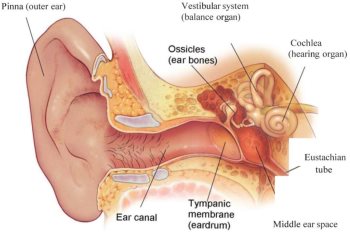
On average, tubes last about one year before they are displaced by the eardrum. The most common complication of ear tube placement is temporary fluid drainage, also called otorrhea. This happens in about 16% of patients. Other complications include premature extrusion, prolonged retention, tube blockage, and eardrum perforations. This latter complication is seen about 2% of the time.
We must also remember the risk of general anesthesia since this is required in all cases. According to the article, the incidence of anesthesia-related death for children ranges from 1 in 10,000 to 1 in 45,000 anesthetics delivered. This is much safer than the risk of dying in a car accident: 1 in 6700!
So what did the panel say?
Tubes should be recommended for:
- Children with middle ear fluid in both ears for 3 months or greater AND evidence of hearing loss
- Children with middle ear fluid in one or both ears for 3 month or greater and attributable symptoms: pain, decreased quality of life, difficulty in school, balance issues, and behavior issues
- Children with recurrent ear infections (> 3 episodes in 6 months or > 4 episodes in 12 months) AND evidence of ear fluid at the time of examination
- At-risk children with middle ear fluid who risk speech, language, or learning issues. Those “at-risk” are kids with permanent hearing loss, documented speech delay, autism-spectrum disorders, blindness, and craniofacial disorders (cleft palate, Down syndrome, Crouzon syndrome, etc.)

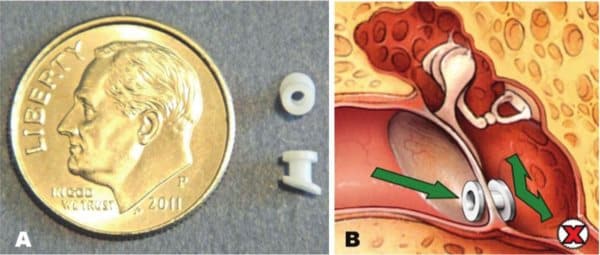

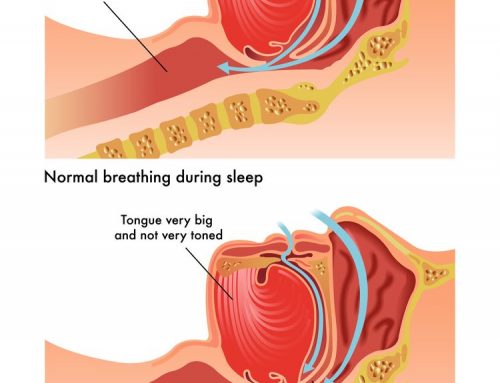
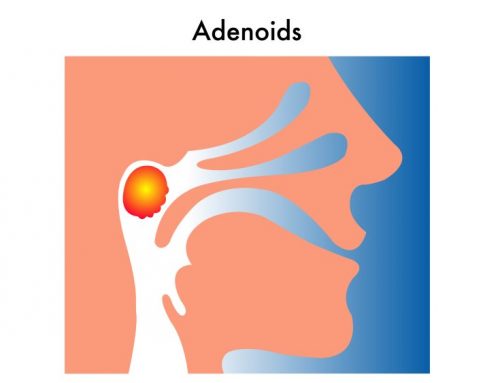
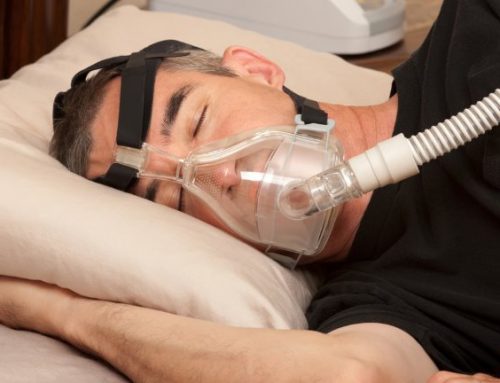

Thanks. This helps so much.